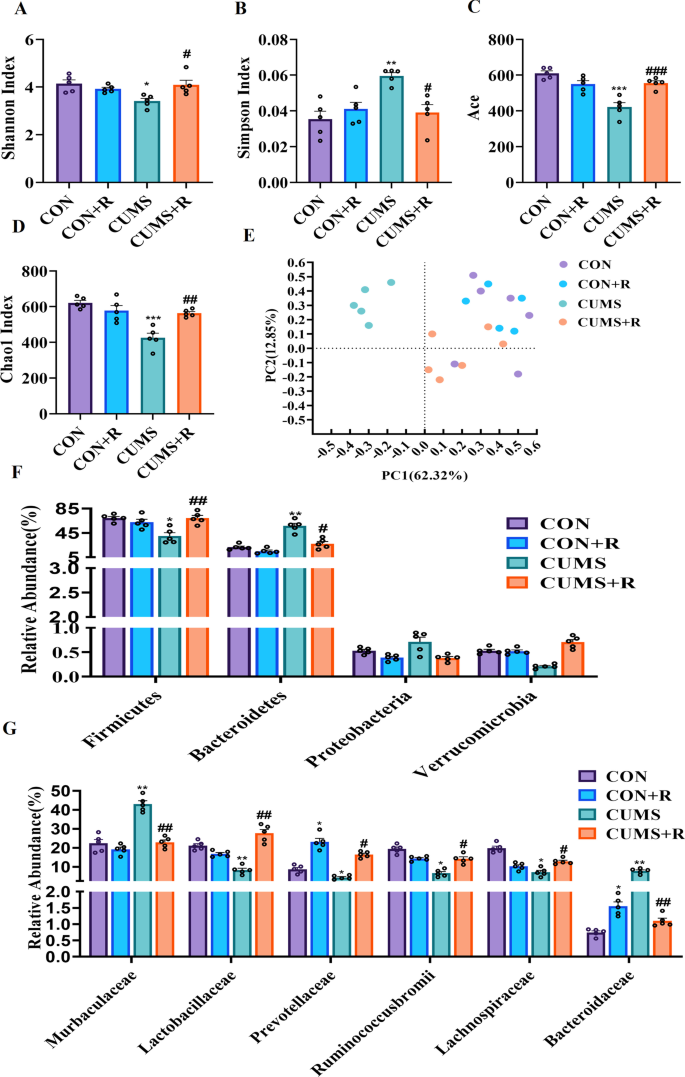

In order to speed up the calculation, a lot of effort has been made in the last 50 years to find suitable methods to evaluate the behavior of structures loaded by blast waves in a reasonable computational time. In practical use, when there is a need for shorter calculation times, cost reduction, and structural optimization, dealing with all phenomena is challenging, especially on a commonly available high performance computer (HPC). All those phenomena come with different space scales from the cm of the explosive sources to the dozens of meters of the structure. Finally structural components will be impacted by the blast wave and may collapse over a few seconds. An extensive description of the detonation process can be found in. These gases then will expand and also react with the surrounding air and create a blast wave propagating outwards in the air for a few milliseconds, a possible fireball, and high pressure and temperature gradients. This reaction will create detonation products, in other words high pressure and temperature gases which will first react with themselves to create secondary reactions called afterburning. Indeed, the detonation process of high explosives implies chemical reactions propagating within the solid explosive for a few microseconds. The evaluation of blast effects from the malicious or accidental detonation of an explosive device on structures is a multiphysics issue involving widely different time and space scales. The paper focuses on increasing the radius of the equivalent ideal gas balloon in order to achieve better energy balance and thus better results at later stages of the blast wave propagation. Unfortunately, the ALE algorithm does not achieve a proper energy balance through the numerical integration of the discrete scheme this important drawback is not compensated by the use of the classical compressed balloon approach. Among them, the replacement of the explosive event by a compressed balloon of detonation products has been proven useful in numerous different situations. Nevertheless, finite element methods and especially Arbitrary Lagrangian Eulerian (ALE) have been extensively used in the past few decades with some simplifications.

Indeed, the time and space scales of the explosion together with the chemical reactions and fluid mechanics make the numerical model really difficult to achieve acceptable structural design. The evaluation of blast effects from malicious or accidental detonation of an explosive device is really challenging especially on large buildings.


 0 kommentar(er)
0 kommentar(er)
